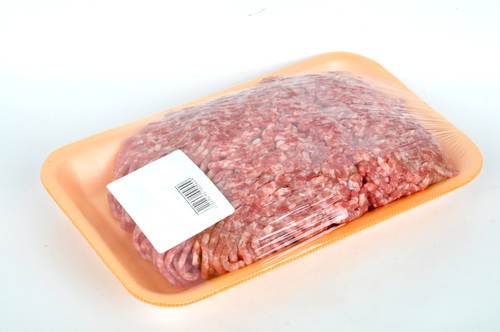Ever wonder where your ground beef comes from? It’s doesn’t originate from one chunk of prime meat sent through a grinder to be packaged up for sale to your family for your next barbecue. No, instead hamburger meat is most times a combination of various grades of meat from all different parts of cows (including some unappealing parts). When a company such as Cargill, a major food manufacturer, mass produces its popular frozen hamburger patties, they oftentimes receive meats from different slaughterhouses, combining everything to produce the basis for your next cheeseburger or lasagna.
The problem with this (if you haven’t found one yet) is that, as food experts say time and time again, this amalgam of cow parts makes ground beef most susceptible to E. coli. Even so, there remains no federal requirement for grinders to test for the pathogen. As someone who has been infected with E. coli, this is unacceptable. It should not only be unacceptable to me, but to the legions of other meat-eaters out there. Though my experience with the painful illness was horrible, it was nothing compared to what Stephanie Smith went through. 22-year-old Smith was in a coma for nine weeks and is now paralyzed — a severe reaction from E. coli. Hardcore carnivores may not want to read her story, as featured recently in The New York Times.
With no one policing such meat and thousands being sickened each year (there have been 17 outbreaks of E. coli since 2007), how is the public to trust what’s on their dinner plate? You could start by buying your ground beef at Costco. The warehouse discount chain recently reported that they would begin testing for E. coli.
Costco’s food safety director, Craig Wilson, said the company would begin buying beef trimmings for making hamburger from Tyson, one of the largest beef producers, after an agreement reached with Tyson this week that allows Costco to test the trimmings before they are mixed with those from other suppliers.
Though not fully cleared from the pathogen, the Tyson trimmings are to be fully tested before being mixed with other slaughterhouse’s meats. In the past, testing was sometimes done after mixing and grinding the various meats, a process that proved unsuccessful when trying to pinpoint the origin of E. coli. Though this is not a cure, it is a step in the right direction — a step towards risk management for the beef industry.

